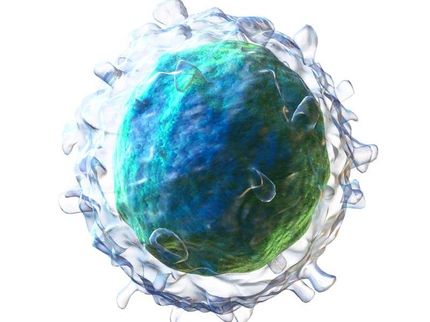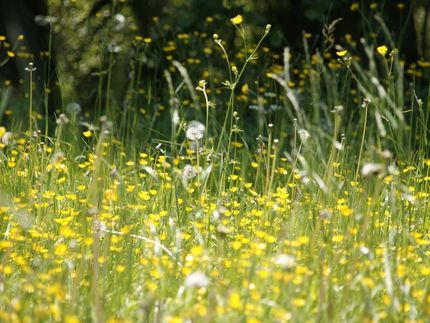Andalusian scientists study plant compounds to unmask latent HIV virus
Researchers from the University of Cadiz and the University of Cordoba study different plant substances to “awaken” the latent HIV-1 virus, immune to the current therapy, and to obtain more effective treatments in the future.
The current antiretroviral therapy does not work on the virus in its latent form; HIV does not only affect lymphocytes, depleting the immune system, but it creates reservoirs in the infected cells’ genome. In this case the virus remains stored and hidden. Here lies the importance of the treatments that act on the viral reservoir, like the work done by the researchers of the University of Cadiz and of Cordoba within a framework Project of Excellence supported with 200,000 Euros by the Department for Innovation, Science and Commerce.
In this regard, researchers from the Department of Organic Chemistry of the University of Cadiz explore vegetable substances from the Euphorbia family as HIV-1 latency activators, and this will be the basis for the development of new pharmaceutical drugs.
“We will first study the plants of this family seeking the ingoles, these chemical structures that will be synthesized in the laboratory in parallel”, explains Rosario Hernández Galán, responsible of the project for the UCA. This plant genus is characterized by producing milky white latex that the experts process to separate the sections of interest.
Once the plant’s potential is identified, the UCA researchers will send their findings to the Department of Physiology and Immunology of the University of Cordoba, who are experts in analysing the effects of these new compounds over the latency reactivation of the HIV virus.
Thus, the Cordovan researchers shall test if the samples from the Euphorbia plants are active. These researchers already have experience in isolated molecules from plants of the same family. In this project, they seek to find new, more potent, compounds with fewer secondary effects by modifying the structure of these molecules that will serve as a mould. The next step is to test the effectiveness of these modified molecules by means of in vitro tests in latent infection models created by experts.
Recently, the collaboration between both research groups has allowed for the isolation and description of a new compound that has shown an activity similar to Prostatin, a substance that induces latent viral reactivation. Specifically, the experts from Cádiz and Córdoba have concentrated their research on the Euphorbia officinarum, a species used in traditional medicine to treat skin and eye diseases. Studying the latex of this Moroccan species has brought forth the isolation of three new compounds. The researchers have found that one of these compounds induces the activation of the HIV-1 virus.
Experts stress the importance of activating the infected cells in order to extract the virus from the reservoirs. Once the virus is out of the reservoir they become sensitive to the antiretroviral drugs that the patient is taking during the treatment. The two possible approaches are identifying the reservoir and finding a method directed against the cells containing it to eliminate them.
Once the substance to unmask the latent virus is obtained from the Euphorbia plants, the next step would be to produce it in optimal amounts, but this will prove to be a long process, experts admit.
Most read news
Topics
Organizations
Other news from the department science

Get the analytics and lab tech industry in your inbox
By submitting this form you agree that LUMITOS AG will send you the newsletter(s) selected above by email. Your data will not be passed on to third parties. Your data will be stored and processed in accordance with our data protection regulations. LUMITOS may contact you by email for the purpose of advertising or market and opinion surveys. You can revoke your consent at any time without giving reasons to LUMITOS AG, Ernst-Augustin-Str. 2, 12489 Berlin, Germany or by e-mail at revoke@lumitos.com with effect for the future. In addition, each email contains a link to unsubscribe from the corresponding newsletter.























































